Maolan National Nature Reserve – Ticket, Opening Hours, Location, and Highlights


Maolan National Nature Reserve (茂兰国家自然保护区), located in Libo County, Guizhou Province, is a captivating expanse of 21,285 hectares characterized by typical karst landforms, including karst peak clusters, funnels, and depressions, with elevations ranging from 430 to 1078 meters. The reserve boasts over 500 species of deciduous trees, including the living fossil Ginkgo biloba, unisexual magnolias, and Chinese tulip trees. It is also a sanctuary for numerous rare and ancient wildlife species such as clouded leopards, serows, macaques, and muntjacs.
With a low level of commercialization, the reserve maintains dense virgin forests where the harmonious integration of mountains, rivers, forests, caves, waterfalls, and rocks forms a spectacle of pristine nature. It stands as an ideal destination for appreciating the untouched beauty of the natural environment and a paradise for outdoor enthusiasts. Beyond the scenic wilderness, Maolan offers cultural experiences with scattered Yao ancient villages, Buyi ethnic villages, and Laqiao Water Village, allowing visitors to immerse themselves in the authentic traditions and performances of various ethnic minorities.
Índice
- Información básica
- Ubicación y transporte
- Highlights of Maolan National Nature Reserve
- Vlog about Maolan National Nature Reserve
- Consejos útiles resumidos de las reseñas
- Otras atracciones en Libo
Información básica
| Duración estimada de la visita | 1 – 2 day |
| Precio del billete | 50 RMB |
| Horario de apertura | 7.30 – 18.00; Last admission: 16.30 |
| Número de teléfono | 0086-0854-3615855 |
Ubicación y transporte
Maolan National Nature Reserve is nestled within the boundaries of Libo County, part of the Qiannan Buyei and Miao Autonomous Prefecture in Guizhou Province, China. Geographically positioned between approximately 107°52’10” to 108°45’40” east longitude and 25°09’20” to 25°20’50” north latitude, the reserve shares its borders with Huanjiang County in the Guangxi Zhuang Autonomous Region.
To get there, tourists can begin their journey with a high-speed train ride to Libo County. Upon arrival at Libo County, they can seamlessly transition to the Maolan Nature Reserve’s dedicated shuttle service or opt for a taxi to cover the remaining 56 kilometers.
Highlights of Maolan National Nature Reserve
Karst Forest
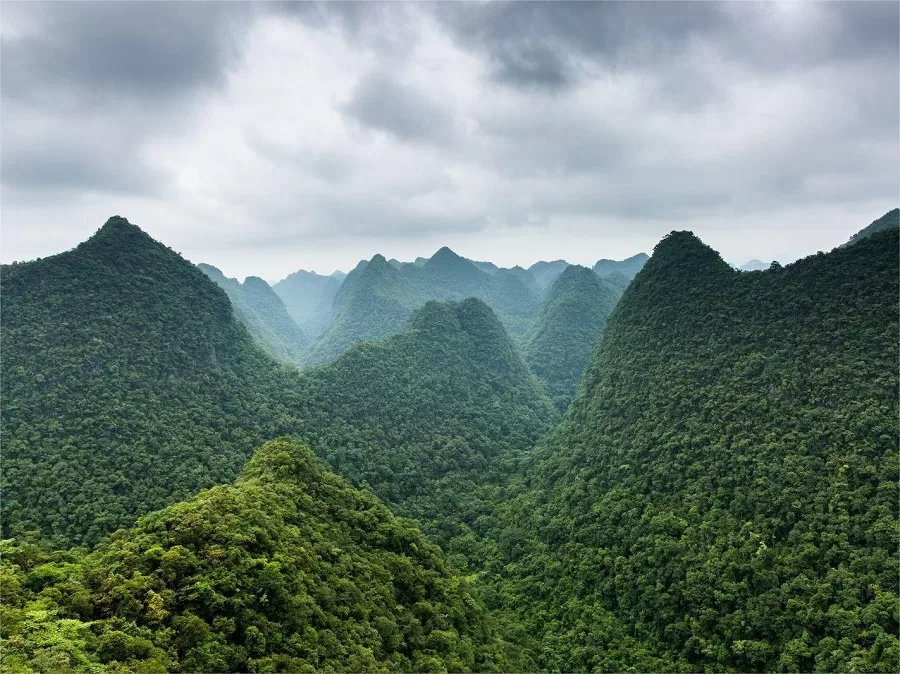
Maolan’s Karst Forest stands as the largest, most concentrated, and ecologically robust remaining karst forest ecosystem in the subtropical region of China and even the world. Nestled within the unique bioclimatic conditions of the area, this non-zonal vegetation thrives in the distinctive environment of karst landforms and limestone soil. Particularly significant is the fact that many karst landscapes globally have lost their forest cover, making Maolan’s extensive karst landforms and pristine forests crucial for the conservation and reproduction of rare and endemic flora and fauna in karst regions.
Yaogu Buyi Village
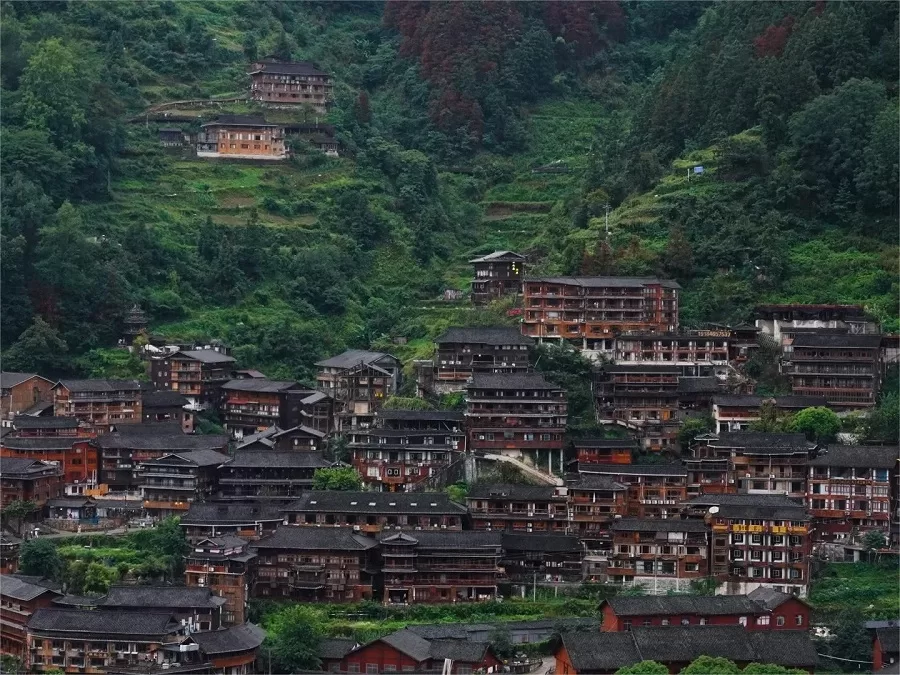
Yaogu Village, inhabited by the Buyi ethnic group, is a natural settlement within the Maolan Nature Reserve. Situated amidst mountains and by rivers, the village showcases compact and concentrated residential buildings, characterized by the unique architectural style of “Ganlan” houses, also known as stilt houses. Visitors can explore the well-preserved traditional paper mills, distilleries, and weaving workshops still in use today, offering an immersive experience into the rich cultural heritage of the Buyi people.
Stone Forest
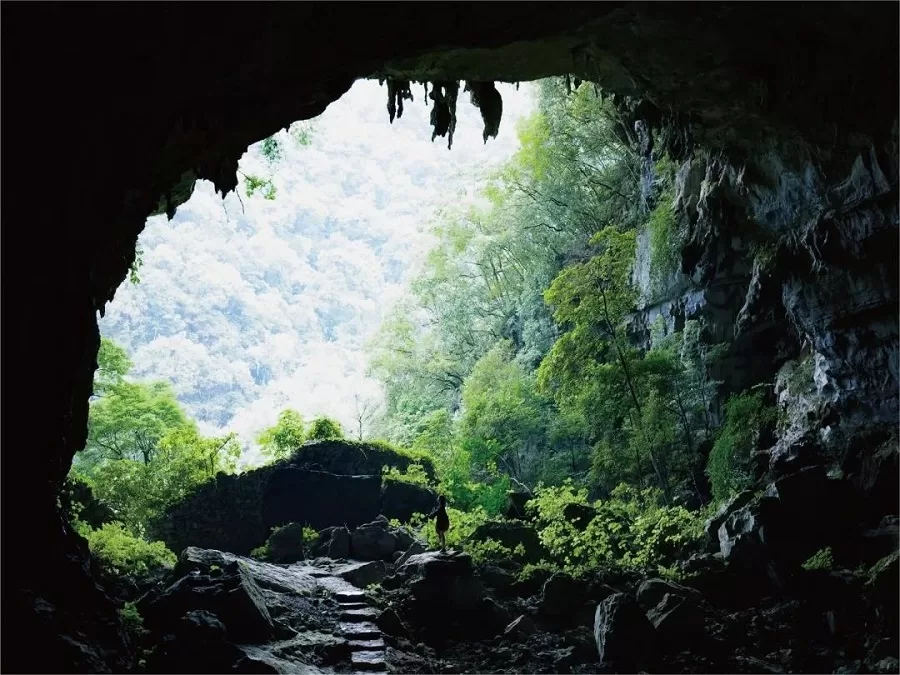
The Stone Forest in Maolan presents a mesmerizing landscape where trees grow on rocks and roots weave through stone crevices. Stepping into the Stone Forest, one can strongly feel the vigorous life force bursting forth in the harsh environment. Ascending along stone steps for over 900 meters leads to the mountaintop, offering a panoramic view of undulating peaks and vast, undulating forests. The intricate network of funnel-shaped forests, deep and mysterious, resembles whirlpools on the sea. Looking into the distance, one can reflect on the profound epochs of natural evolution. The layered and overlapping funnel forests create a scene of unparalleled beauty, providing a sense of tranquility and awe-inspiring wonder.
Yaosuo Ancient Bridge

Dating back to the Qing Dynasty, the Yaosuo Ancient Bridge has stood for nearly two centuries, a testament to architectural resilience. Legend has it that the bridge was constructed using a mixture of sticky rice and stones, and despite enduring the tests of time and weather, it remains as sturdy as ever. Flowing water beneath the bridge weaves like a ribbon, surrounded by towering ancient trees. On either side of the bridge, a stone stele stands, with the central inscription reading “乐善桥” (Yueshan Bridge). The southern side showcases the names of the individuals who contributed to the construction along with their donation amounts, meticulously engraved in small characters. The western side narrates the history of the bridge’s construction, though some inscriptions have weathered over time. This spot is also a gathering place for local ethnic minorities, where tales of love and romance have given rise to beautiful local legends.
Crab Gully

Stretching 200 meters, Crab Gully is a mesmerizing waterway home to thousands of crabs meandering in its shallow waters. Lush green trees line both sides of the gully, and from the top of La Tan Waterfall, water gently cascades downstream, creating a tranquil atmosphere. The crystal-clear pools, not deeper than knee-height, invite visitors to walk along the stone path in the dense forest or wade through the water, creating ripples with every step.
Majestic Waterfalls
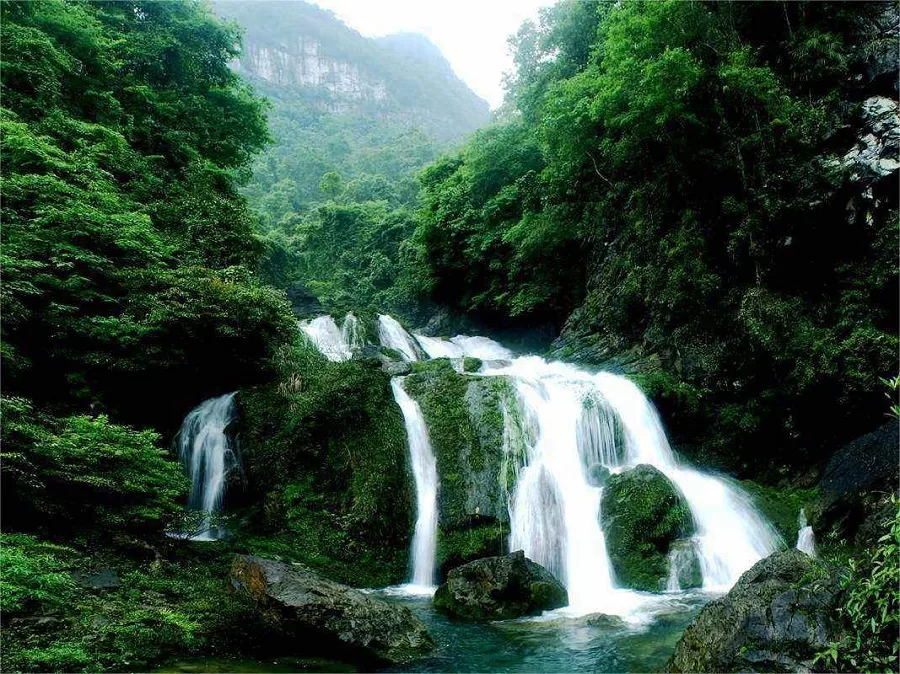
La Tan Waterfall, the largest waterfall within the Maolan Nature Reserve, boasts a drop of approximately 70 meters. In the summer, with the arrival of floods, the roar of the waterfall resonates through the valleys, echoing amidst the forest. Mist blankets the surroundings, creating a mystical ambiance. During other seasons, the waterfall exhibits a delicate charm as small underground river waters gently cascade down, producing a crisp and melodic sound. Qinglong Waterfall, with its powerful force and grandeur, forms a spectacular display. Situated in the karst region, the intense erosive and permeable geological conditions contribute to the creation of impressive cascading water landscapes. The vast expanse of pristine forest aids in retaining water, ensuring a relatively stable water flow throughout the year.
Vlog about Maolan National Nature Reserve
Consejos útiles resumidos de las reseñas
General Tips
- Mosquito Repellent: Bring insect repellent to fend off mosquitoes and flies, which can be abundant and bothersome, particularly around the ears, eyes, and head.
- Sturdy Footwear: Wear sturdy hiking or trekking shoes with good traction. The hiking trails involve steep slopes, and you’ll be traversing six mountains continuously.
- Specialized Hat: Consider wearing a specialized hiking hat. Maolan receives ample rainfall, and water dripping from trees is common.
Alojamiento
- There are only a few guesthouses available near Wuyan Bridge, all of which offer better accommodation conditions than expected.
Rutas recomendadas
1. Wuyan Bridge – Qinglong Waterfall – Crab Gully: Ideal for a half-day water adventure.
- Duration: Approximately 2 hours for the hike, but you can spend most of the day playing in the water at Crab Gully.
- Equipment: Swimwear, water guns, towels.
- No guide required; however, a sightseeing vehicle may be needed.
- Difficulty: Low
2. Black Hole – Fairy Cave – Jiudongtian – Golden Lion Cave: Perfect for exploring caves for about 3 hours.
- Round trip from Wuyan Bridge. It’s advisable to hire a guide for around 150 yuan per group.
- Equipment: Flashlight, sports shoes, trekking poles, water.
- Difficulty: Low
3. Funnel Forest Traverse: A challenging 6-9 hour hike covering approximately 11 kilometers, crossing five mountains.
- The terrain consists of a mixture of rocky, muddy, and gravel paths, with half being difficult to navigate. It’s advisable to avoid this route in rainy weather.
- Look out for the phenomenon of “Dendritic” appearing at the bottom of the funnel forest’s openings, particularly visible around 1-2 pm on sunny afternoons.
- Hiring a guide is recommended, costing around 300 yuan.
- Equipment: Sports shoes, trekking poles, 2.5 bottles of water per person, snacks.
- Difficulty: Moderate
Otras atracciones en Libo
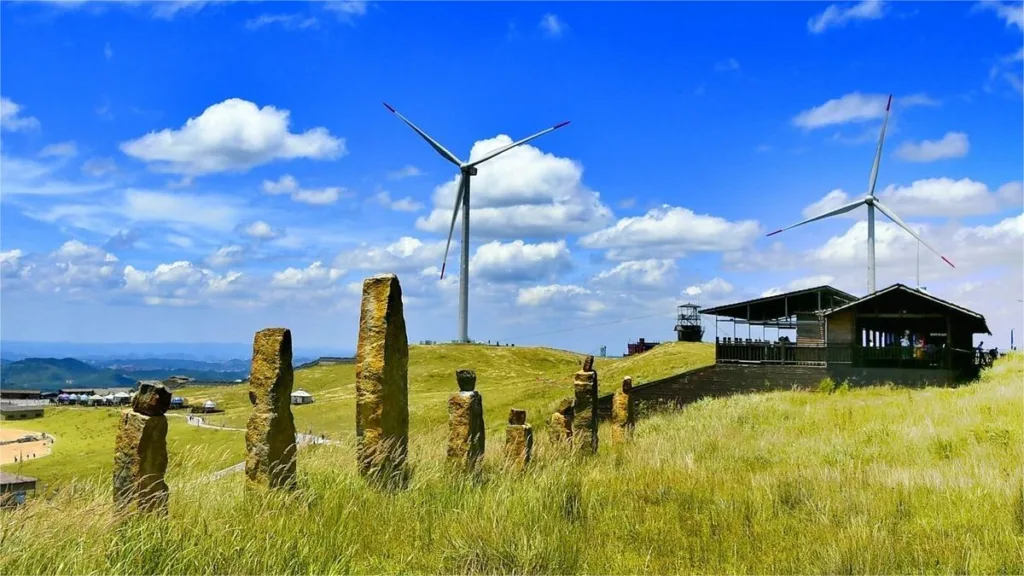
Pradera de Longli

Zona panorámica del río Shuichun
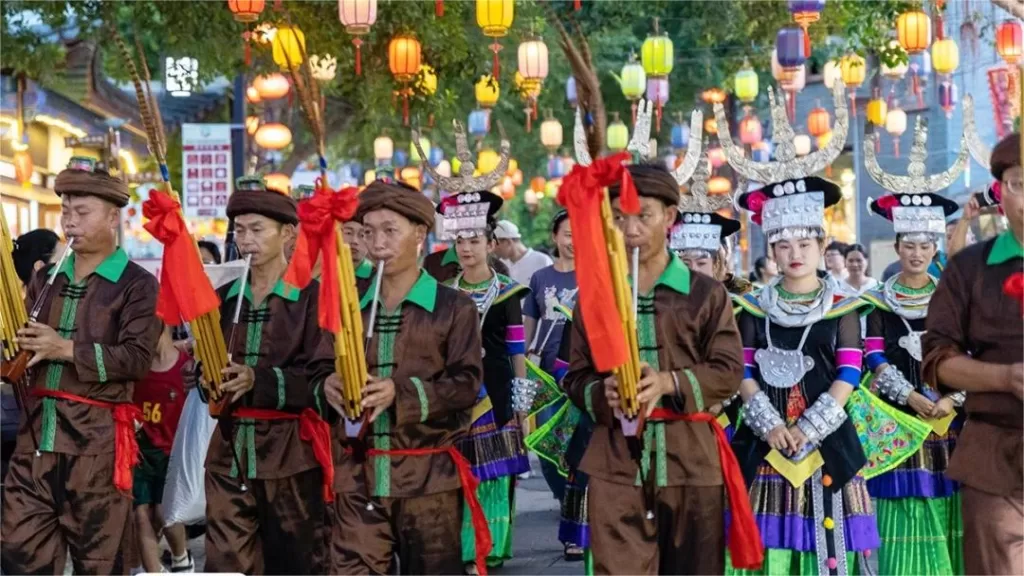
Antigua ciudad de Libo
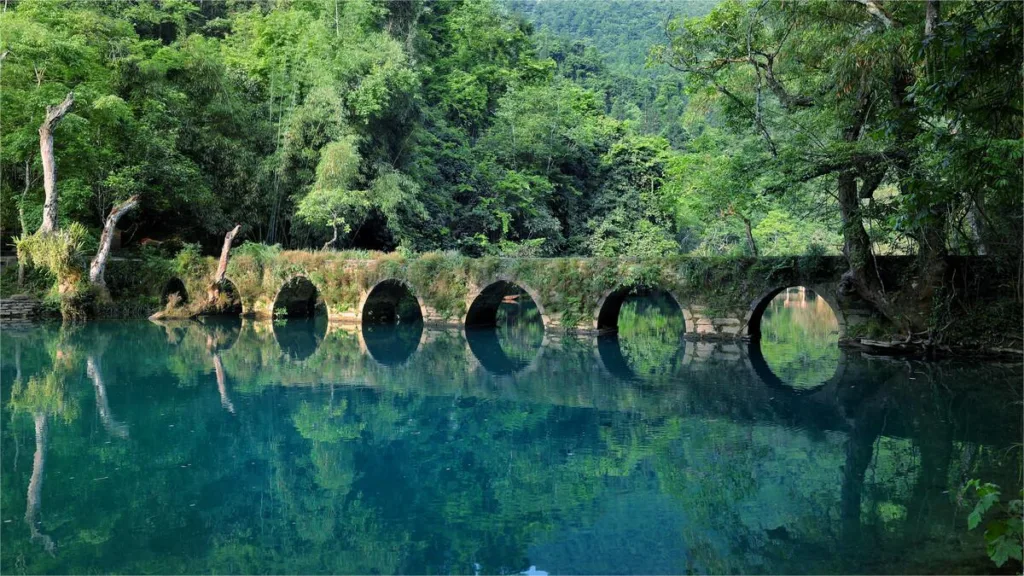
Zona panorámica de Xiaoqikong

Yaoshan Ancient Village
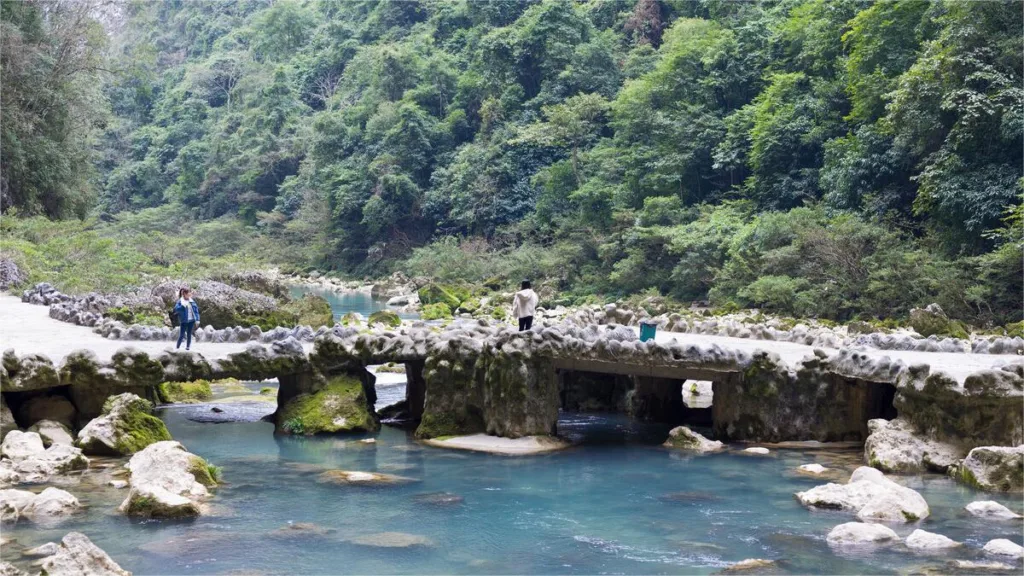
Zona escénica de Daqikong
Paisajes de Guizhou, Atracciones de Qiannan